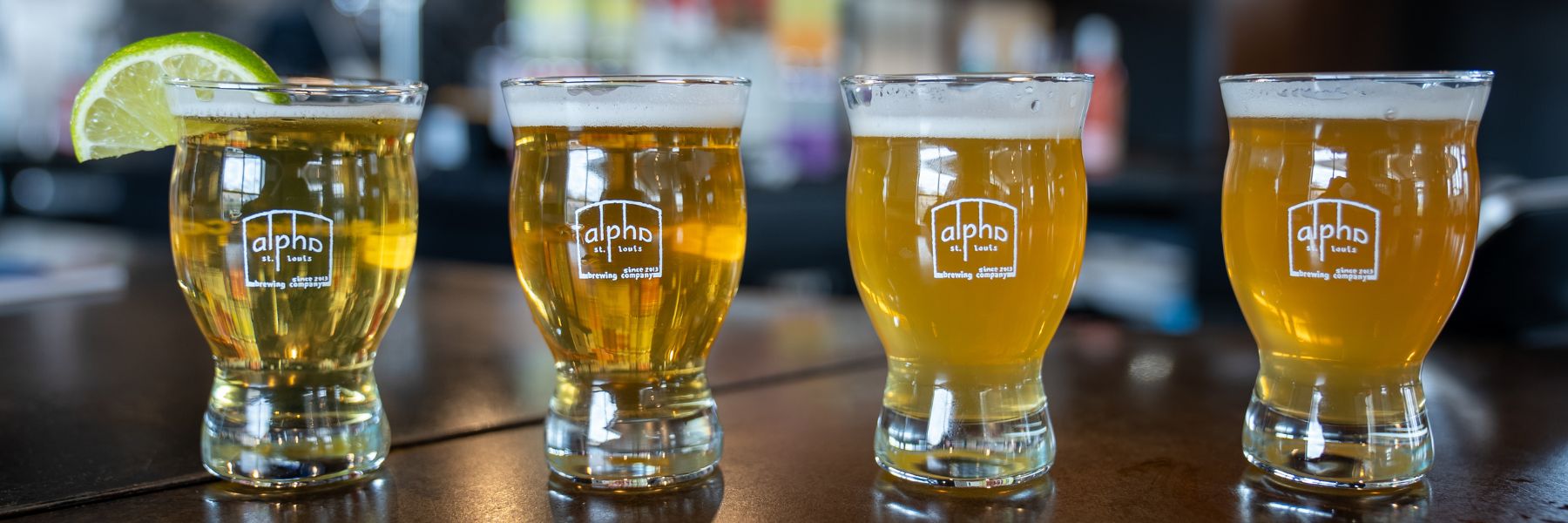Seawall Bar: Enjoy Drinks with Stunning Sea Sights in Galveston
Understanding the Craft of Purification: a Deep Study Distillery Traditions
Exploring the complex art of purification unveils a world steeped in time-honored traditions that have actually shaped the spirits we appreciate today. From the ancient origins of purification techniques to the contemporary evolution of distillery tools, each action in the procedure brings with it a rich tapestry of background and experience. As we dig right into the fragile balance of standard versus modern distilling methods and discover the significance of key ingredients, a deeper understanding arises of the extensive effect distillery traditions carry the spirits we relish.
Origins of Distillation Methods
The development of distillation methods has an abundant background that traces back to ancient worlds. The idea of dividing parts based on their different boiling points laid the foundation for the innovative distillation processes we have today.
The earliest evidence of purification dates back to around 3000 BC in Mesopotamia, where clay pots were utilized to boil down fragrances and fragrant oils. The Egyptians further progressed these methods, utilizing distillation for medicinal objectives and embalming methods. The Greeks, significantly numbers like Aristotle and Hippocrates, added to the academic understanding of distillation.
With time, distillation spread to regions like India, China, and the Middle East, each society including its one-of-a-kind touch to the craft. The advancement of purification strategies proceeded via the Center Ages and the Renaissance, at some point causing the varied range of distillation procedures used in contemporary distilleries worldwide.
Evolution of Distillery Tools

With innovations in innovation and a deeper understanding of the distillation procedure, modern-day distilleries currently use a variety of sophisticated tools to create spirits of the finest. Today, purification devices includes column stills, reflux stills, and crossbreed stills, each created to satisfy particular distillation needs. These modern-day stills use much better temperature law, raised purification precision, and greater efficiency in dividing alcohol from contaminations.
In addition to stills, distilleries now use advanced condensers, fermenters, and purification systems to additional refine the extract. The evolution of distillery equipment remains to play a crucial role in shaping the varied variety of spirits available in the market today.
Typical Vs. Modern Distilling Practices
In taking a look at distilling practices, the comparison between standard and contemporary approaches reveals considerable advancements in effectiveness and quality. Standard distilling techniques commonly involve time-honored strategies passed down through generations, stressing craftsmanship and workmanship (Galveston Liquor). These approaches generally count on copper pot stills and manual processes that require a high level of ability and experience from the distillers. Conversely, contemporary distilling techniques take advantage of sophisticated technology and advancement to simplify production processes and boost uniformity. Automated systems, digital controls, and cutting edge tools enable contemporary distilleries to generate spirits more effectively and with better precision.
While conventional distilling methods are valued for their heritage and the one-of-a-kind flavors they produce, modern methods provide advantages in terms of scalability, quality assurance, and sustainability. By integrating scientific improvements and contemporary engineering, distillers can enhance production, decrease waste, and meet the demands of today's market better. Ultimately, the choice between conventional and contemporary distilling practices frequently depends on the distillery's goals, values, and target market.
Trick Active Ingredients in Distillation Refine
Within the craft of purification, the choice of essential active ingredients plays a vital function in figuring out the flavor account and top quality of the spirits generated. The primary ingredients made visit site use of in the purification procedure are usually water, yeast, and a fermentable source such as grains, fruits, or sugarcane.
Water is a basic part as it not just dilutes the alcohol content to a palatable level yet additionally affects the total mouthfeel and texture Get the facts of the spirit. The high quality and mineral content of the water utilized can significantly affect the end product.
Yeast is an additional vital active ingredient that converts the sugars existing in the fermentable source into alcohol via the process of fermentation. Different pressures of yeast can produce differing tastes and aromas, adding to the special qualities of the spirit.

Effect of Distillery Traditions on Spirits
The influence of historical distillery traditions on spirits expands beyond the selection of vital components, shaping the really essence and character of the last distilled products (Breweries in Galveston Texas). These practices, passed down through generations, play a crucial duty in defining the one-of-a-kind taste accounts and high qualities that distinguish one spirit from one more
Distillery traditions encompass a large range of techniques, from the particular strategies utilized in purification to the choice of maturing processes utilized. For instance, making use of standard copper pot stills in bourbon production is thought to present certain flavors and features that are highly valued by lovers. Similarly, the aging of spirits in oak barrels, a practice deeply rooted in distilling practices, contributes to the advancement of intricate aromas and tastes with time.

Conclusion
From the origins of distillation methods to the contemporary methods, the effect of distillery traditions on spirits is undeniable. Distillery traditions play an important role in shaping the spirits industry and maintaining the heritage of purification techniques.
Throughout the background of distillation, the devices used in distilleries has undergone substantial advancement to boost effectiveness and high quality of the distillation process.With advancements in technology and More about the author a much deeper understanding of the purification procedure, contemporary distilleries now utilize a selection of innovative devices to produce spirits of the highest top quality. Today, purification equipment consists of column stills, reflux stills, and crossbreed stills, each developed to cater to details purification requirements. From the beginnings of purification methods to the modern techniques, the effect of distillery traditions on spirits is obvious. Distillery customs play an important role in forming the spirits market and protecting the heritage of distillation techniques.